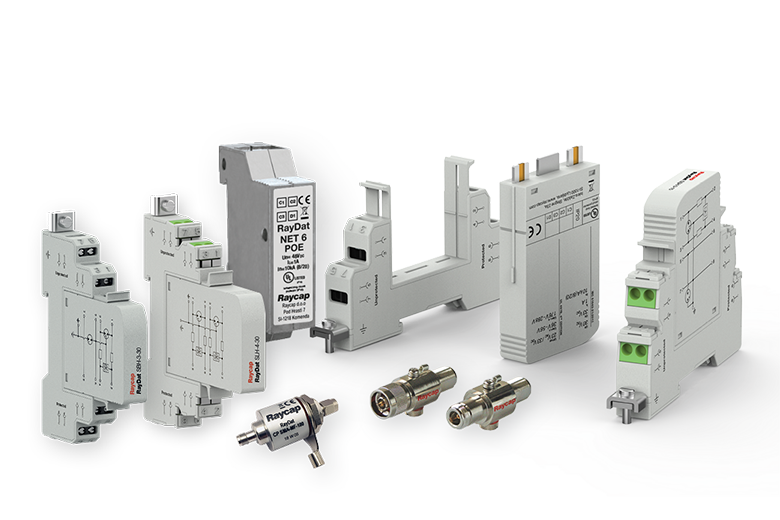One of the essential pieces in a wide range of businesses involving data farming is transferring that data by signal lines. These are the communication cables that allow data to move across them. They are made up of copper wire, fiber, or a hybrid. Due to their composition, these lines will allow the transfer of electricity. In normal operations, this is fine. They are doing what they are designed to do. But in the occurrence of a power surge, the cables and wires in any structure could be what puts an entire system at risk. An excess of electricity will destroy or overwhelm connected equipment, and when this equipment is made to house data, contact can be very destructive not only for the equipment but for the data too. The information being transferred on these lines at the moment of an electrical spike is at risk, as well as the information housed on the connected equipment. The only effective method of protecting critical records and information is the integration of specially designed surge protection devices. When integrated along the signal or data lines, a surge of electricity is stopped and cannot pass beyond them. Surge protectors for data and signal lines can safely shunt away an overflow of energy that would compromise the digital records housed within these systems, keeping ongoing communications flowing without the need for repair, replacement, and, worst of all, the rebuilding of databases.
The best solutions for signal line protection are Raycap’s RayDat or ACData brand surge protective devices. These specialized products provide constant and ongoing protection from overvoltages and power surges, whether caused by switching within the plant or from the electrical grid and induced on T1/E1/DS1 backhaul circuits. Surge protection devices are small and easy to install while offering the maximum surge current capacities. By installing these devices along critical communication paths, crucial data can be given the highest protection against unfortunate events caused by power surges.
Lightning striking a facility directly or striking nearby structures can instantly produce a power surge large enough to destroy adjacent equipment by coupling onto power or signal lines. A direct strike on electrical towers or any activity causing a power surge, such as a downed tree hitting a power line, will cause a significant surge to quickly travel along power lines. If nearby buildings are not well protected with surge protection at the entrance, this grid-side power surge will quickly introduce excess electricity into the building’s electrical system. Electrical surges can also couple into any number of conductive lines nearby and travel quickly along them to other facilities. A lightning strike to a structure or facility that is in proximity can receive enough electricity to do damage to the equipment inside.
For this reason, it is always suggested that surge protective devices be installed at the service entrance and combined inside the building with other protective devices that can shield against electricity overvoltage transfer from one component to another. Once adequate Raycap surge protection devices are installed at the entrance, along potential pathways, and at the equipment itself, both equipment and the data it houses are protected at the highest level possible. Expertly installed surge protection systems can ensure the ongoing functionality of operations that rely on data transfer and storage. In the modern business climate, all businesses need an edge to gain to remain competitive. Signal line surge protection can give you that edge and provide peace of mind.

